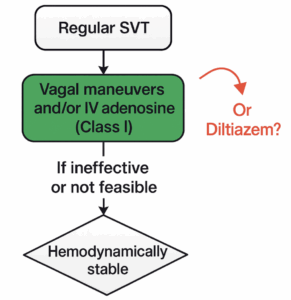Podcast on this position statement: https://pecpodcast.libsyn.com/prehospital-emergency-care-podcast-24
Background: Immobilization of a patient’s spine with a spinal backboard has been viewed as an essential procedure in EMS for decades. Recent research has questioned the effectiveness of backboards ability to immobilize the spine and the potential harms associated with this intervention. A joint position statement issued by the American College of Surgeons on Trauma (ACS COT), American College of Emergency Physicians (ACEP), and the National Association of EMS Physicians (NAEMSP) attempts to clarify this controversy to in this joint position statement.
Methods: This is not a comprehensive review of all the spinal immobilization literature. This document, however, is a consensus statement between organizations based on published evidence and available peer review. This is an expert opinion by three prominent organizations.
Key Results: The highlights of this position statement are as follows:
-
The term “Spinal Motion Restriction (SMR)” is the preferred terminology and its goal is to minimize unwanted movement of a potentially injured spine.
-
SMR can be achieved by the use of scoop stretcher, vacuum splint, ambulance cot, or similar devices in which the patient is secured.
-
There are 5 reasons to use SMR:
-
Acutely altered level of consciousness (e.g., GCS<15, evidence of intoxication)
-
Midline neck or back pain and/or tenderness
-
Focal neurologic signs and/or symptoms (e.g., numbness or motor weakness)
-
Anatomic deformity of the spine
-
Distracting circumstances or injury (e.g., long bone fracture, degloving, or crush injuries, large burns, emotional distress, communication barrier, etc.) or any similar injury that impairs the patient’s ability to contribute to a reliable examination
-
-
When performing SMR, restricting movement of the entire spine decreases the risk of noncontiguous injuries. An appropriate fitting C-collar is essential for SMR of the cervical spine while keeping the head, neck, and torso in alignment.
-
While SMR cannot be performed while the patient is sitting up, the elevation of the head can still be achieved. This can be done by elevating the head utilizing the SMR device while maintaining the alignment of the neck and torso.
-
-
Patient transfer to the stretcher is one of the riskiest areas for secondary injury to the spine. Careful attention should be paid to the patient transfer. Utilize a long spine backboard, scoop stretcher, or vacuum mattress to assist in patient transfer.
-
Once safely positioned on the ambulance cot, consideration must be made to remove the extrication device. The team must weigh the risks of patient transfer versus the benefits of device removal.
-
There is no role for SMR in penetrating trauma.
-
When considering SMR in the pediatric population:
-
Age alone is not the ONLY factor in determining use of SMR
-
Based on the best available evidence from the Pediatric Emergency Care Applied Research Network (PECARN) cervical collars should be applied if there is:
-
The complaint of neck pain
-
Torticollis
-
Altered Mental Status that includes GCS < 15, intoxication, and other signs like agitation, somnolence, etc.
-
Mechanism of injury including high-risk motor injury, high impact driving injury, and substantial torso injury
-
-
Consider minimizing time on backboards
-
Consider additional padding under the shoulders to avoid excessive cervical spine flexion with SMR given the anatomic size difference of head to body in pediatrics.
-
Takeaways: There are now more options for EMS Medical directors and EMS clinicians to use when considering SMR. At the same time remember the considerations and contraindications of utilizing SMR.
What this means for EMS: You now have the support of three prominent organizations when practicing progressive prehospital medicine when it comes to SMR.
Article Summary by H. Phil Moy, MD FAEMS, @pecpodcast



